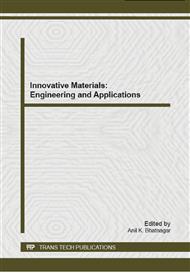p.335
p.346
p.352
p.358
p.367
p.377
p.382
p.387
p.392
Analysis on Chloride Diffusion According to the Change of Physical, Geometric Properties in Concrete
Abstract:
This study analyzed the impact caused by the change in the physical properties and fine structure of concrete by setting compressive strength, void ratio and permeability as the index to express the physical properties and geometric structure of concrete and then by analyzing the physical properties according to the mix properties of concrete, and secured the data to estimate the corrosion time of structure rebar by analyzing the chloride diffusion speed according to the change in the chloride diffusion speed and physical properties depending on mix properties.
Info:
Periodical:
Pages:
367-376
Citation:
Online since:
October 2014
Authors:
Keywords:
Price:
Сopyright:
© 2014 Trans Tech Publications Ltd. All Rights Reserved
Share:
Citation:


